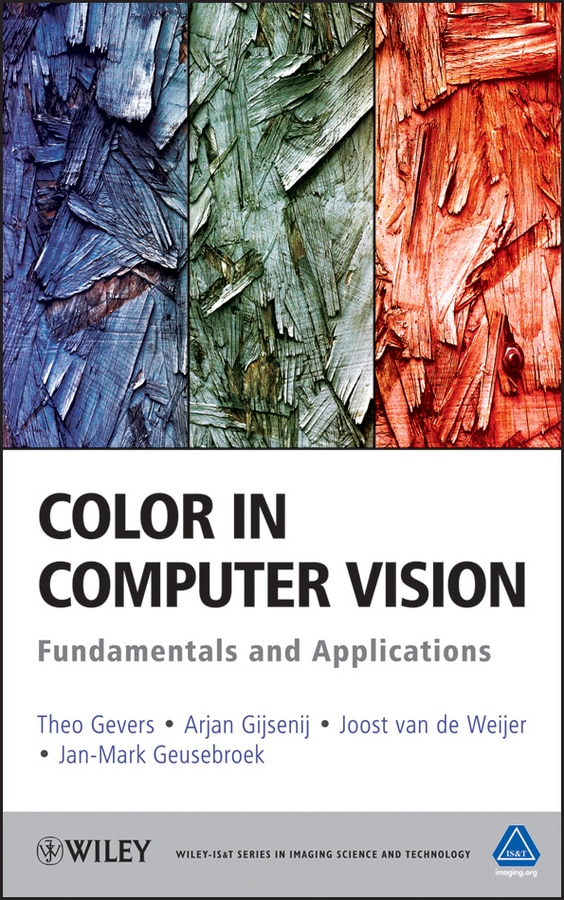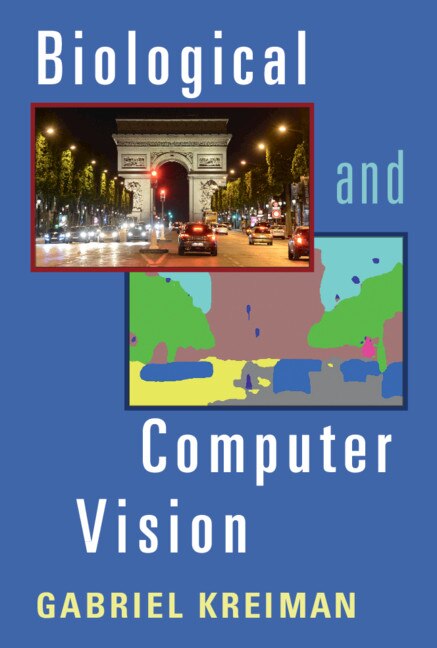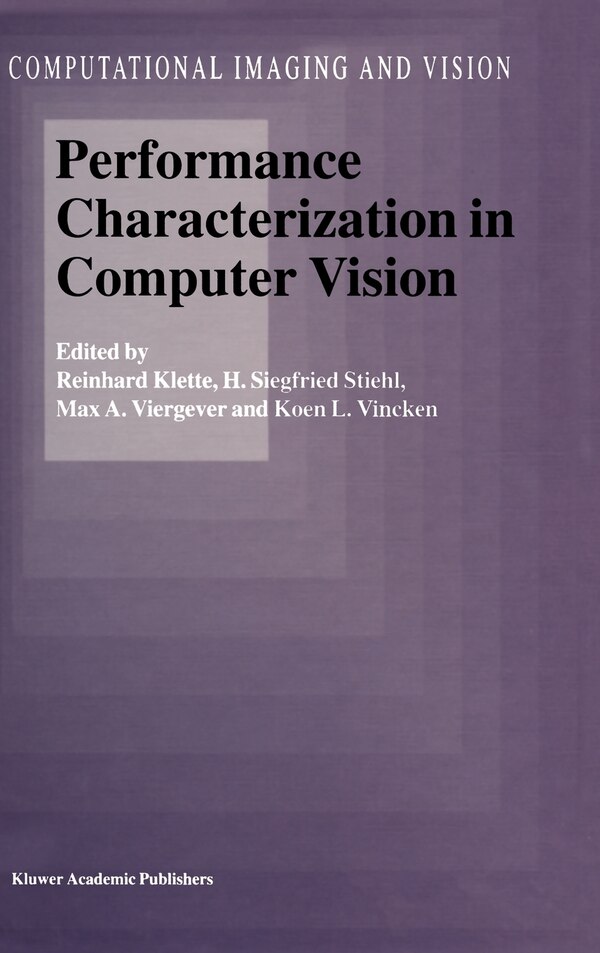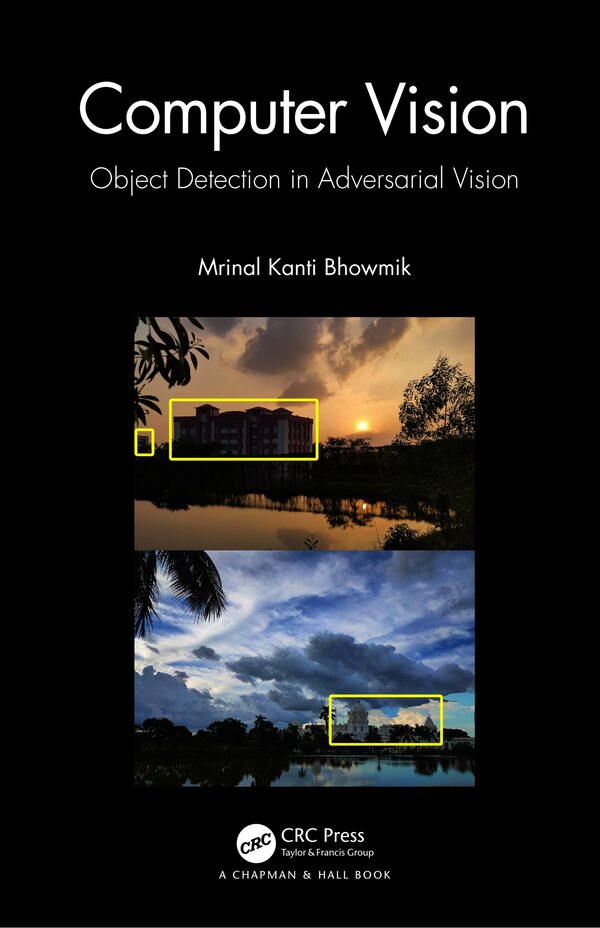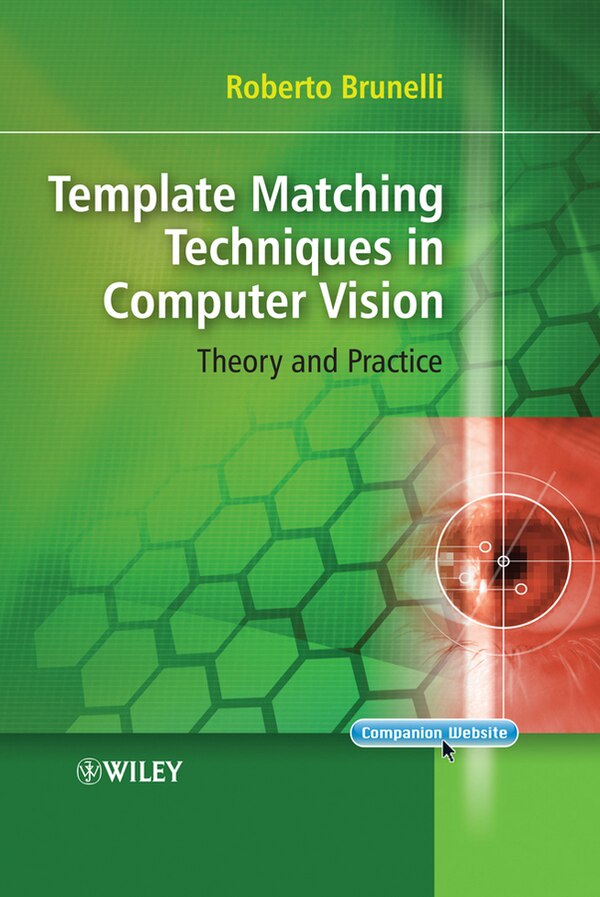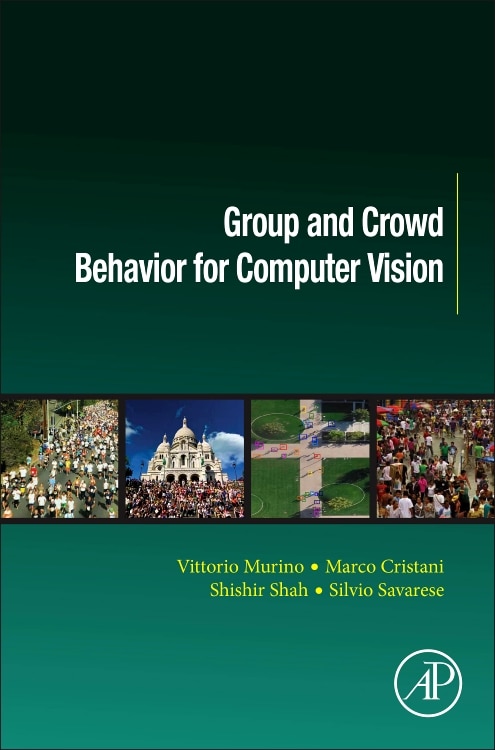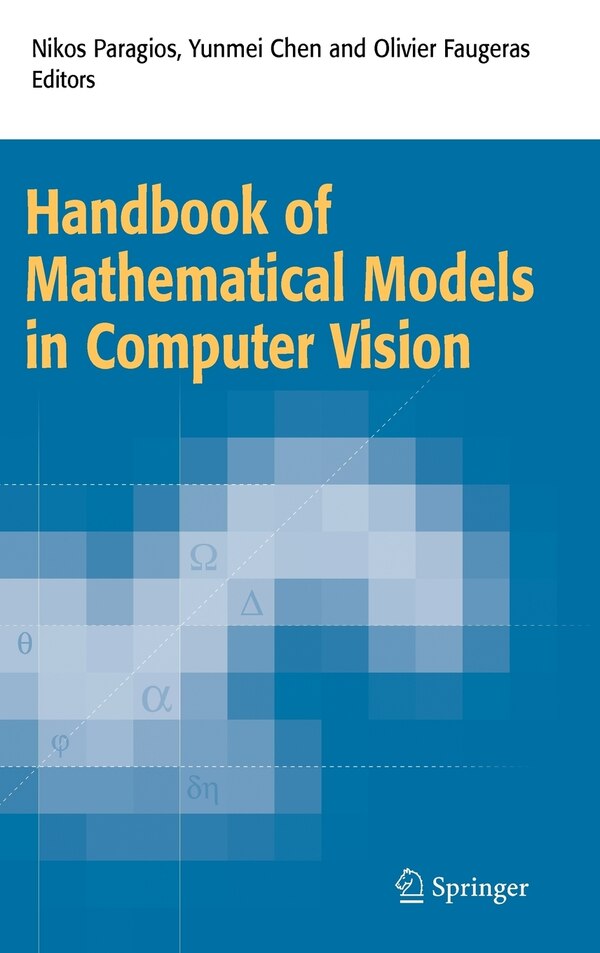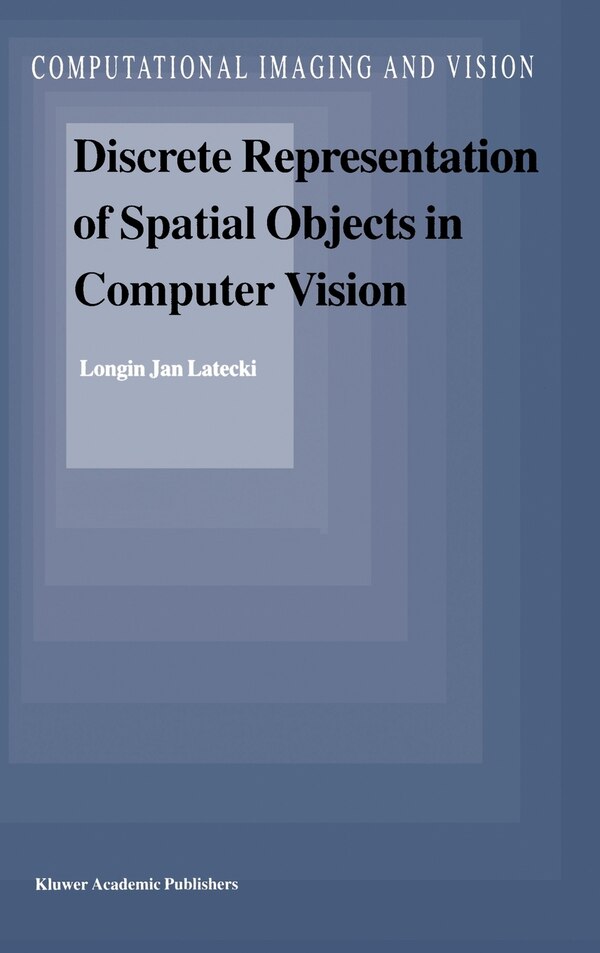
Compare Discrete Representation of Spatial Objects in Computer Vision by L.J. Latecki, Hardcover | Indigo Chapters
L.J. Latecki
$160.95
One of the most natural representations for modelling spatial objects in computers is discrete representations in the form of a 2D square raster and a 3D cubic grid, since these are naturally obtained by segmenting sensor images. However, the main difficulty is that discrete representations are only approximations of the original objects, and can only be as accurate as the cell size allows. If digitisation is done by real sensor devices, then there is the additional difficulty of sensor distortion. To overcome this, digital shape features must be used that abstract from the inaccuracies of digital representation. In order to ensure the correspondence of continuous and digital features, it is necessary to relate shape features of the underlying continuous objects and to determine the necessary resolution of the digital representation. This volume gives an overview and a classification of the actual approaches to describe the relation between continuous and discrete shape features that are based on digital geometric concepts of discrete structures. Audience:This book will be of interest to researchers and graduate students whose work involves computer vision, image processing, knowledge representation or representation of spatial objects. | Discrete Representation of Spatial Objects in Computer Vision by L. J. Latecki, Hardcover | Indigo Chapters | Discrete Representation of Spatial Objects in Computer Vision by L.J. Latecki, Hardcover | Indigo Chapters


